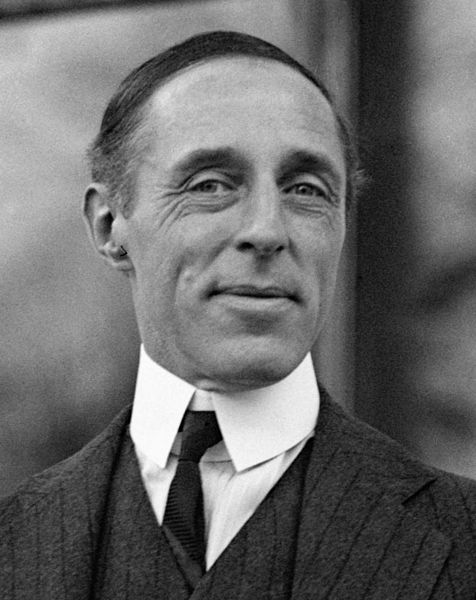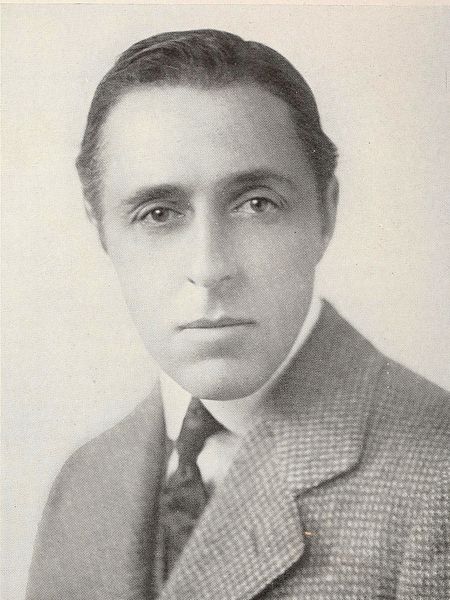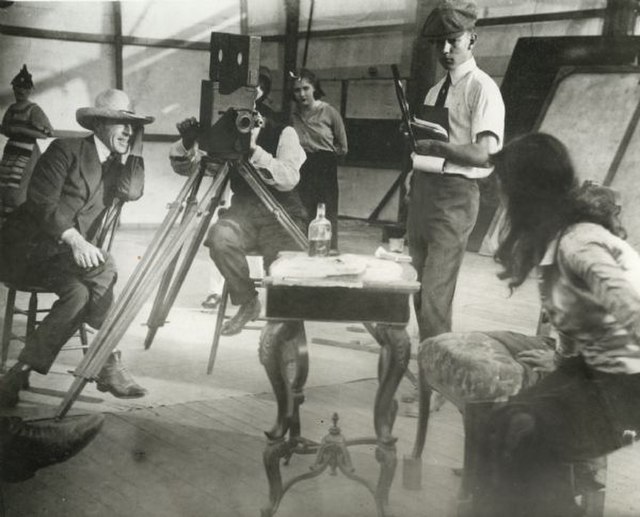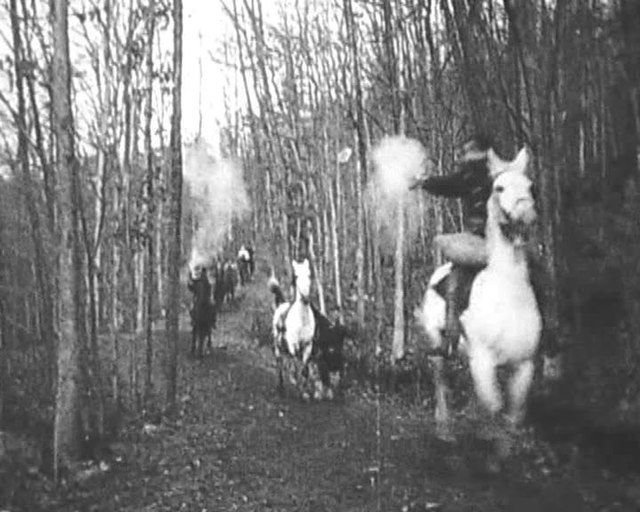David Wark Griffith was an American film director. Considered one of the most influential figures in the history of the motion picture, he pioneered many aspects of film editing and expanded the art of the narrative film.
Griffith in 1922
Griffith circa 1907
Left to right: Griffith, cameraman Billy Bitzer (behind Pathé camera), Dorothy Gish (watching from behind Bitzer), Karl Brown (keeping script) and Miriam Cooper (in profile) in a production still for Intolerance (1916)
The first million-dollar partners: Fairbanks, Pickford, Chaplin and Griffith
Film editing is both a creative and a technical part of the post-production process of filmmaking. The term is derived from the traditional process of working with film which increasingly involves the use of digital technology. When putting together some sort of video composition, typically, you would need a collection of shots and footages that vary from one another. The act of adjusting the shots you have already taken, and turning them into something new is known as film editing.
A film editor at work in 1946
Screenshot from The Four Troublesome Heads, one of the first films to feature multiple exposures.
Scene from The Great Train Robbery (1903), directed by Edwin Stanton Porter
The original editing machine: an upright Moviola.








